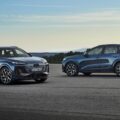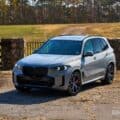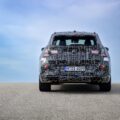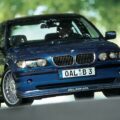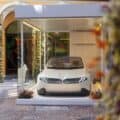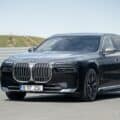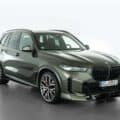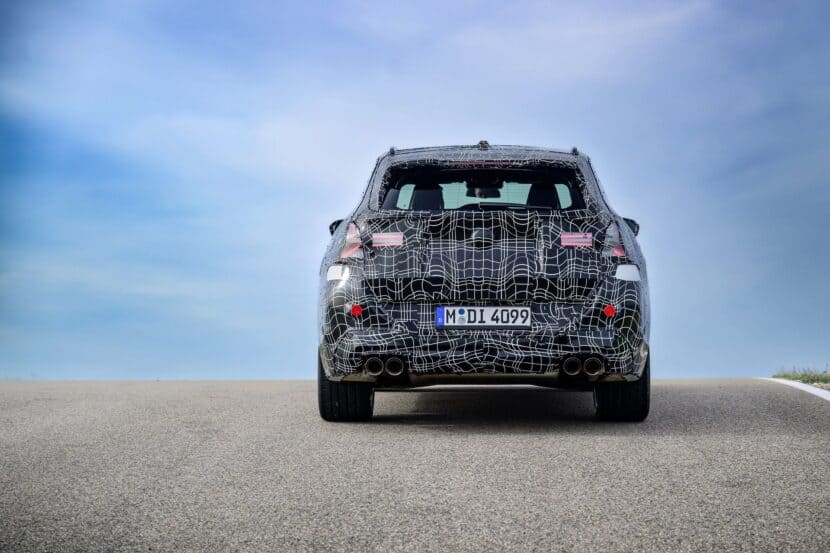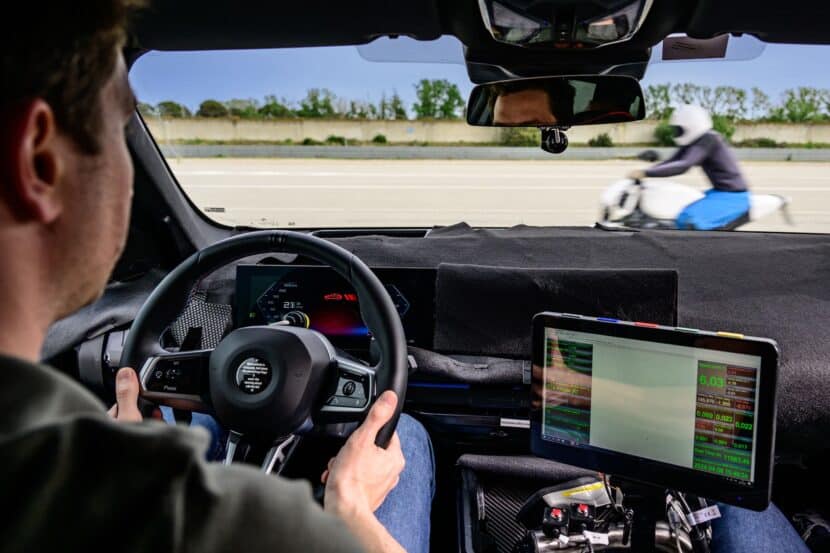A few years back, BMW launched the i Division, with its first vehicles being the BMW i3 and i8.Those cars were supposed to set the standard for what BMW’s electric vehicles will be. However, their chassis are just far too singular in use to warrant mass-production use. So to provide multiple electric and hybrid vehicles to the masses, BMW needs to work on a flexible architecture that can accommodate both electric, hybrid and traditional variants of each car. Plus, there are possibilities for future regulation changes and various other factors that may change the necessary outcome of future vehicles.
“A successful electrification strategy must be capable of dealing with a range of outcomes, including optimistic or more cautious scenarios. If we manage that, we will be able to reconcile sustainable mobility with sustainable profitability,” said BMW’s board member responsible for finance.
Fortunately, BMW has already been hard at work developing its architectures to be open to electrification. It’s something BMW has actually been working on with each new platform for about ten years now. This foresight has paved the way for current hybrid models, such as the BMW 530e and 330e, to exist. “Thanks to this approach by mid-2017 – less than four years after the launch of the BMW i3 – our range of products will include eight plug-in hybrid models and we will deliver our 200,000th electric vehicle in the course of the year,” said BMW CEO Harald Krüger.

Right now, BMW is just beginning its second phase of its plans for the future, basically prepping for its next phase, the iNEXT phase. “The all-electric MINI and the all-electric BMW X3 will mark the beginning of the second wave of electrification for the BMW Group, benefitting from the ongoing technological progress we are making in this area,” Krüger said. “Strategy NUMBER ONE > NEXT sets out our strategic course for further electrification and the direction of project i over the coming decade. We will incorporate all-electric, battery-powered mobility into our core brands, as we have already done successfully with our plug-in hybrid vehicles. By using highly flexible architectures we can avoid duplicate investments in plant and equipment and will be able to adapt our range of electric and conventional vehicles to changing demand both quickly and efficiently.”
We’re very excited, actually, about the prospect of an all-electric BMW X3 and MINI. The X3 would be the only all-electric SUV in its class and will be very important to the brand while the electric MINI could take on the Chevy Bolt. BMW has quite a lot planned for the next few years and it’s only going to get bigger and bigger in scope.




